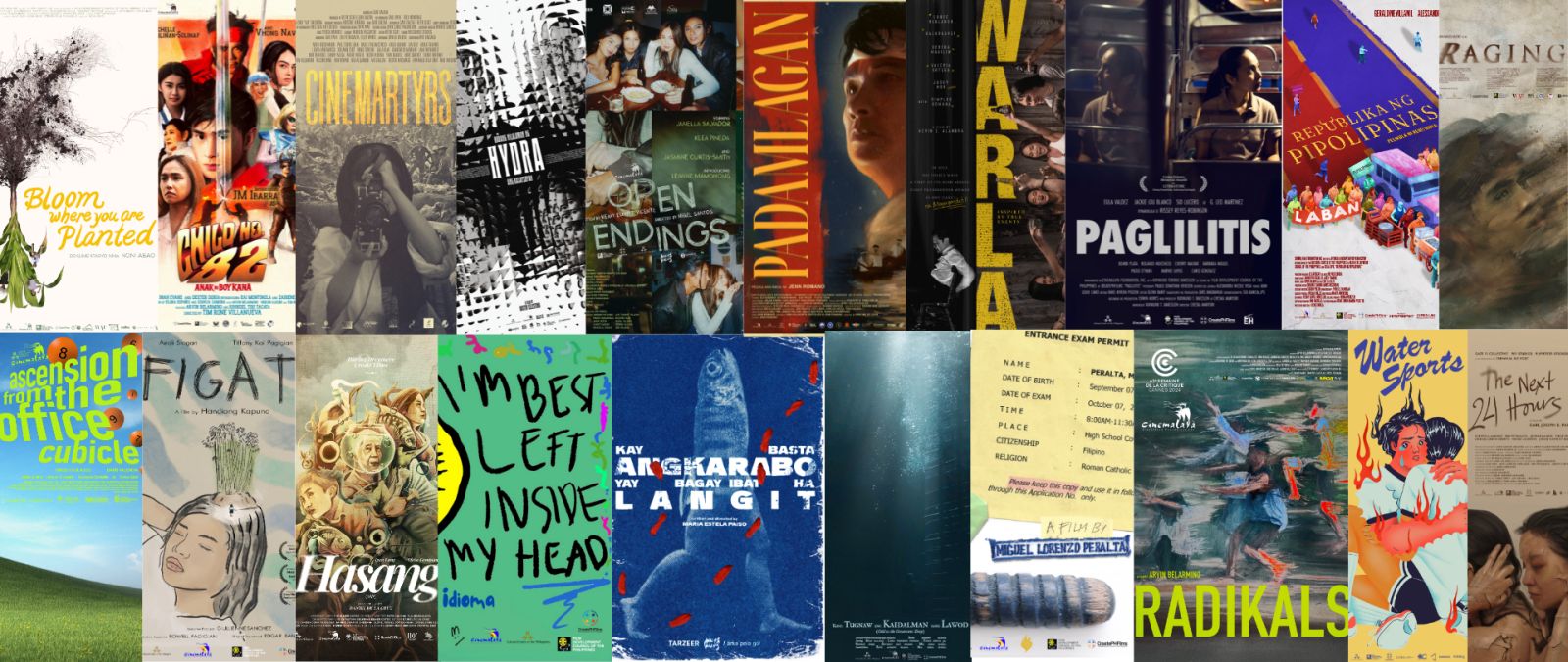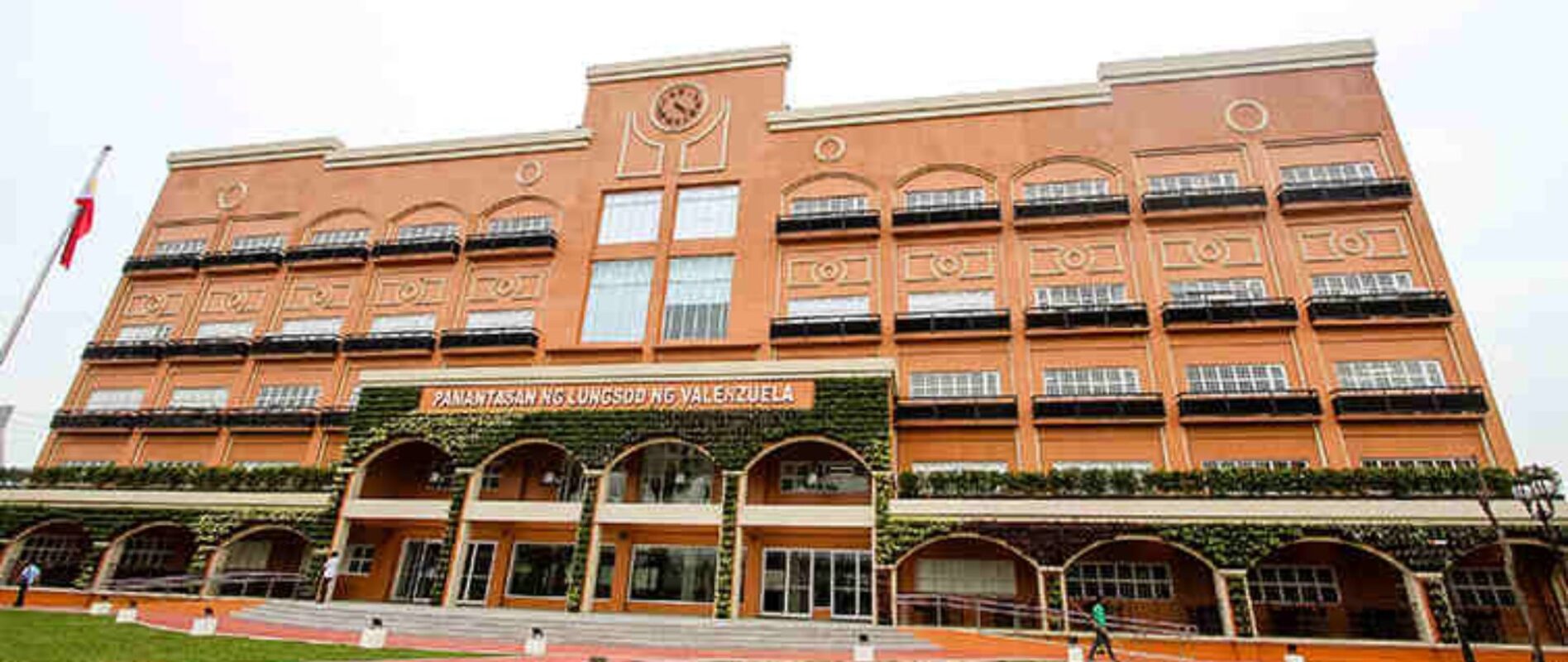ICYDK: KALIBASIB, THE LAST CAPTIVE-BRED TAMARAW DIES ON NATIONAL TAMARAW MONTH
Kalibasib, a tamaraw born and bred in captivity, has died on the very month of this year’s celebration of National Tamaraw Month.
The Philippine tamaraw, also known as the Mindoro dwarf buffalo (Bubalus mindorensis), is the country’s most iconic land mammal. Tamaraws are known as a species of buffalo endemic to the island of Mindoro and are the largest mammal species to the Philippines. It also goes by the name, dwarf forest buffalo. Its v-shaped horns are also one of its defining characteristics, aside from its relatively small size compared to other bovids with an average shoulder height of 40 inches.
On Saturday, the lone captive tamaraw at the Tamaraw Gene Pool Farm in Rizal, Occidental Mindoro passed away. This passing of Kalibasib, short for Kalikasang Bagong Sibol or nature newly sprung, was announced by the Department of Environment and Natural Resources (DENR). Kali, being the sole progeny, had diarrhea on Friday but was still reportedly eating then. Unfortunately, the tamaraw was later found dead the next day. Kalibasib was the last captive-bred Tamaraw in a breeding facility established in 1980.
He was born in captivity on June 24, 1999, making him 21 years old at the time of his death, being the longest living tamaraw on record. In human age, Kali is 84, since the age of tamaraws is multiplied by four to get the equivalent in human age.
For years, there’s been many efforts to help the species from extinction. The Tamaraw Conservation Program was established in 1979 as a special project under the Philippine Department of Environment and Natural Resources (DENR) to protect and conserve the remaining tamaraws that inhabit the park’s core protection zone. But breeding proved more difficult than expected.
Now, why is this crucial? Conserving the tamaraw also means conserving our heritage. “Its habitat is associated with other unique plants and animals found only in Mindoro. Its survival, therefore, can be an indication of the health of other species it is associated with, as well as the effective functioning of the ecosystem, where they are naturally found, and one of their known habitats is Mounts Iglit-Baco,” former director of the DENR-BMB, Lim said.
After years of conservation efforts, tamaraw numbers increased to nearly 600. But then COVID-19 happened. The TCP’s supposed budget for 2020 was 4 million pesos but it was cut down by 10% as the government diverted funds for COVID-19 response.
In 2019, a talented group of storytellers worked together for a documentary entitled Suwag o Suko: Saving the Tamaraw from Extinction, to raise both funds for tamaraw conservation and raise awareness. BIOFIN and the DENR partnered with TCP for these efforts.

Poster via Philippine Information Agency
“Suwag o Suko is a love letter to the tamaraw rangers and everyone working in conservation. It was made with local audiences in mind because we want to instill a sense of pride, shared identity and ownership for our natural heritage,” said Celine Murillo in a statement, who wrote the script with director Mark Ace Gatdula and other creative volunteers on the project.
The documentary sheds light on the economic, social and cultural significance of the tamaraw and how its survival depends on the management of the Mounts Iglit-Baco Natural Park, its indigenous mangyan tribes, plus the continuous conservation efforts of tamaraw rangers.
The TCP expressed hope that Kalibasib’s passing will drive the people of Mindoro to enhance the protection of the tamaraw and their natural habitats so that it did not die in vain. If not for their sacrifice, hard work, and passion, the Tamaraws may long have been extinct.














